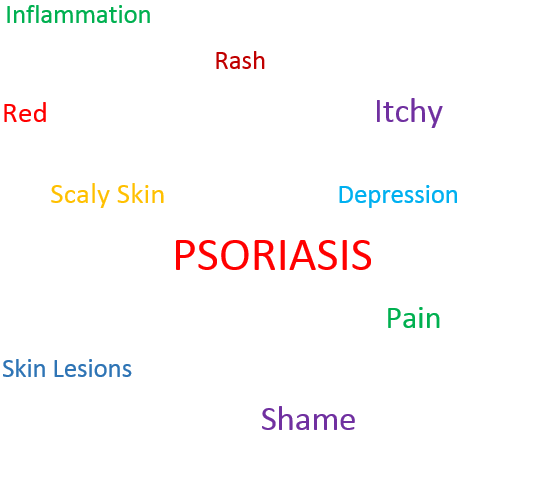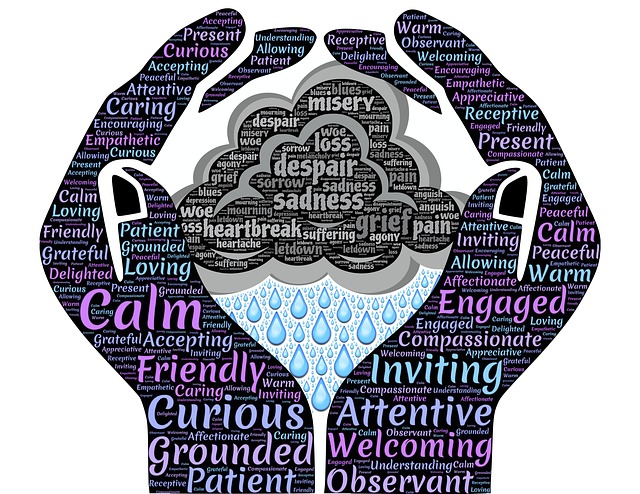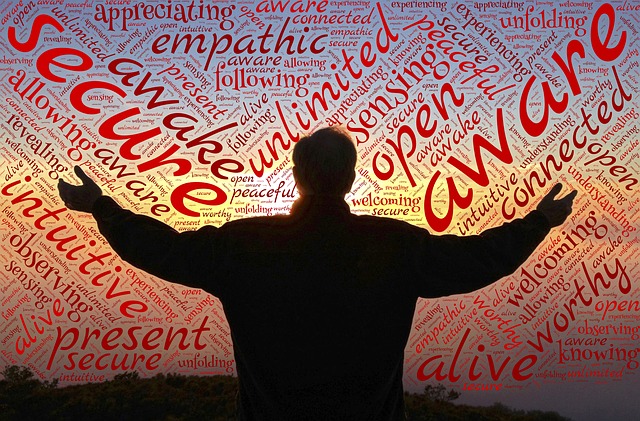In a recent McKinsey Quarterly article, the authors challenged what they call “neuromyths” – basically, misunderstandings arising from misguided interpretations of neuroscience findings. They argued that many leadership development programs are based on these “neuromyths” and result in considerable waste of financial resources and employee time.
One of the myths that the authors challenge is the concept that the brain’s development is fixed at an early age and that little change in the brain’s structure can occur over a person’s lifetime. However, recent neuroscience has shown that rather than being fixed in structure, the brain exhibits “plasticity” throughout our lives. The research of this phenomenon has been described as follows:
Brain plasticity science is the study of a physical process. Gray matter can actually shrink or thicken; neural connections can be forged and refined or weakened and severed. Changes in the physical brain manifest as changes in our abilities.
Research into the power of Mindfulness Based Stress Reduction demonstrates, for example, that there is a real physical change in brain gray matter resulting in increased capacity in areas such as learning and memory processes and emotional self-regulation.
Health insurer, Aetna, has taken this research seriously and built their employee development programs around the ability of mindfulness practices to enhance mental capacity and reduce stress. By 2015, more than twenty five percent of their 50,000 employees had participated in at least one form of mindfulness training. Aetna’s aim was to reduce stress in the workplace and the associated loss of productivity and employee well-being, while simultaneously generating high performance.
As a result of realised benefits in the workplace, Aetna has increased their commitment to mindfulness training for employees. In 2017, they created a Mindfulness Center with the explicit aim of “developing a workplace culture of well-being“. The Center provides mindfulness activities a number of times each week and is designed to host future presentations and courses conducted by experts in the area of mindfulness.
Aetna has made this very substantial investment in mindfulness training because they have seen that their managers and staff, as they grow in mindfulness, reduce their stress, increase their resilience and develop high performance.
Aetna is certainly not alone in investing in mindfulness training for managers and employees – and in realising the associated benefits. Google, for example, has trained more than 4,500 of their employees in mindfulness and emotional intelligence over the last 10 years. The derivative program developed by the Search Inside Yourself Leadership Institute (SIYLI) is providing mindfulness training to leaders in thousands of organisations in the public and private sector on an ongoing global basis.
A recent Mindful Leaders Forum in Sydney was an extension of a forum that is contributing to the global development of mindfulness in the corporate world:
In three years, 1500 executives from more than 350 companies have come together to explore a new style of leadership. It’s all about helping individuals, teams and organisations to thrive in the digital age. It’s part of a global movement that’s sweeping across the corporate world where innovative companies such as Google, LinkedIn and the Harvard Business School are using evidence-based tools to unleash creativity, productivity and purpose-driven performance.
The Sydney-based forum included presentations by Marque Lawyers, Westpac Bank, e-Bay, Australian Army and Medibank.
Organisations world-wide are investing in the development of mindful leaders who can build a workplace well-being culture that generates the dual goals of employee wellness and high performance.
By Ron Passfield – Copyright (Creative Commons license, Attribution–Non Commercial–No Derivatives)
Image source: Courtesy of WolfBlur on Pixabay










